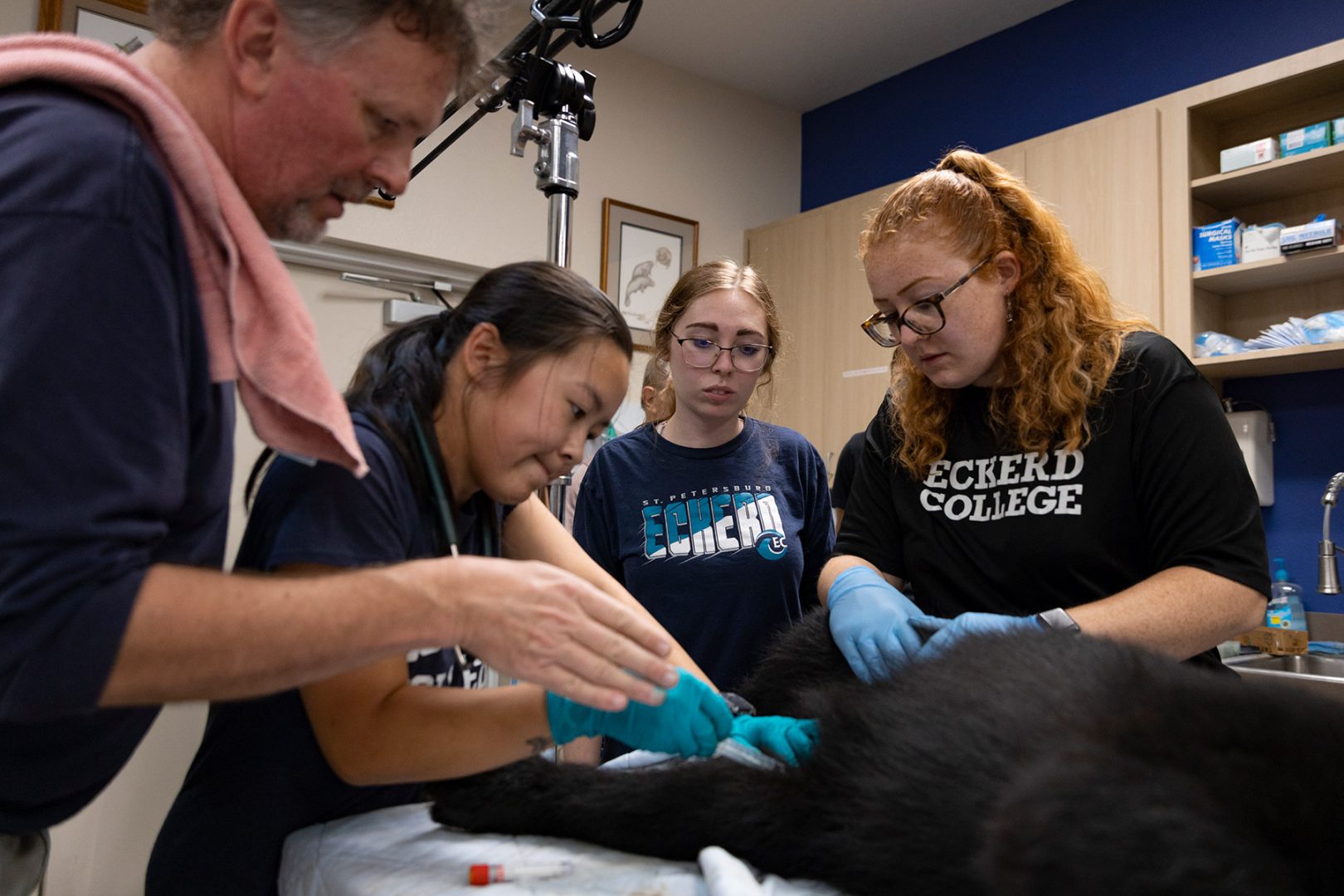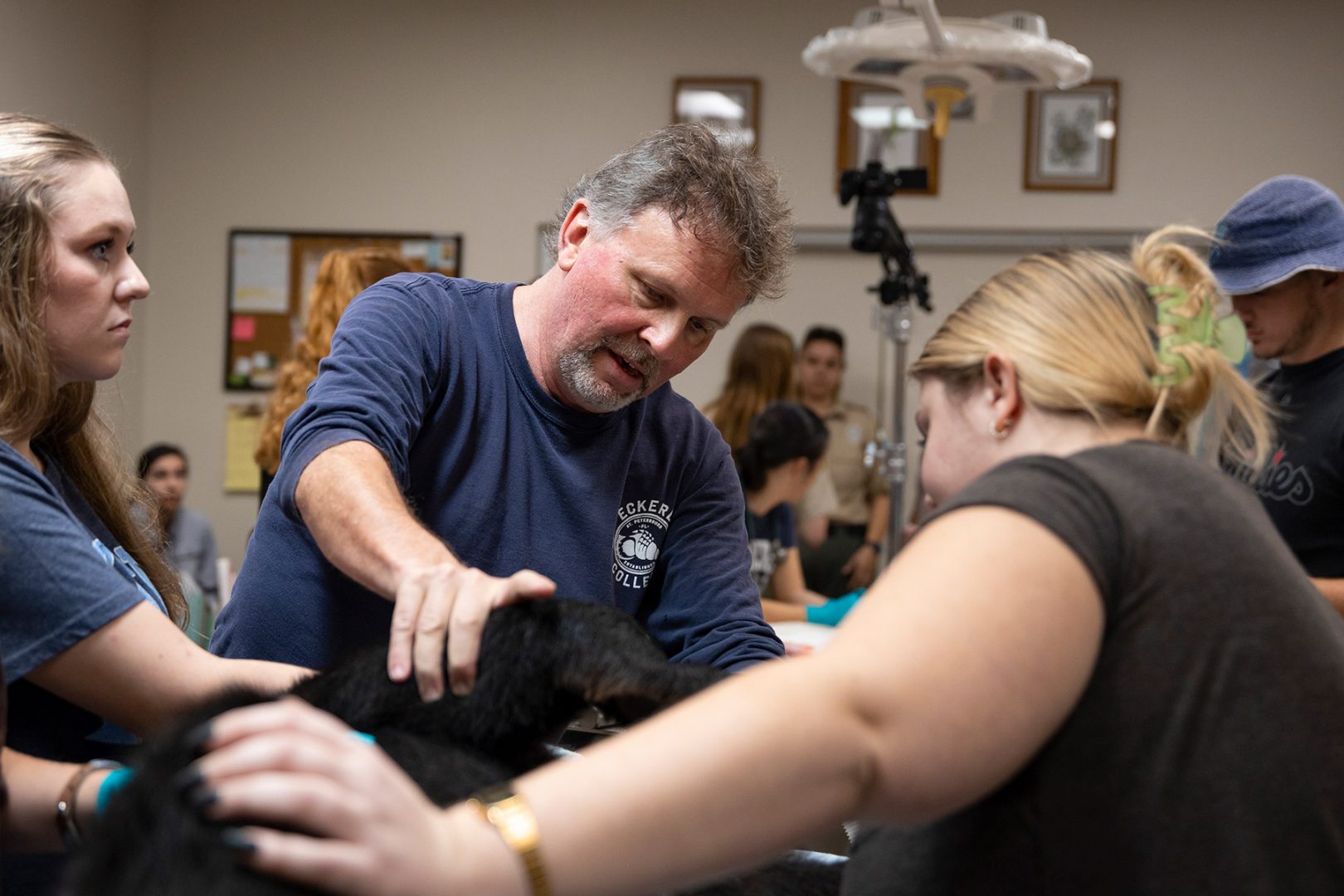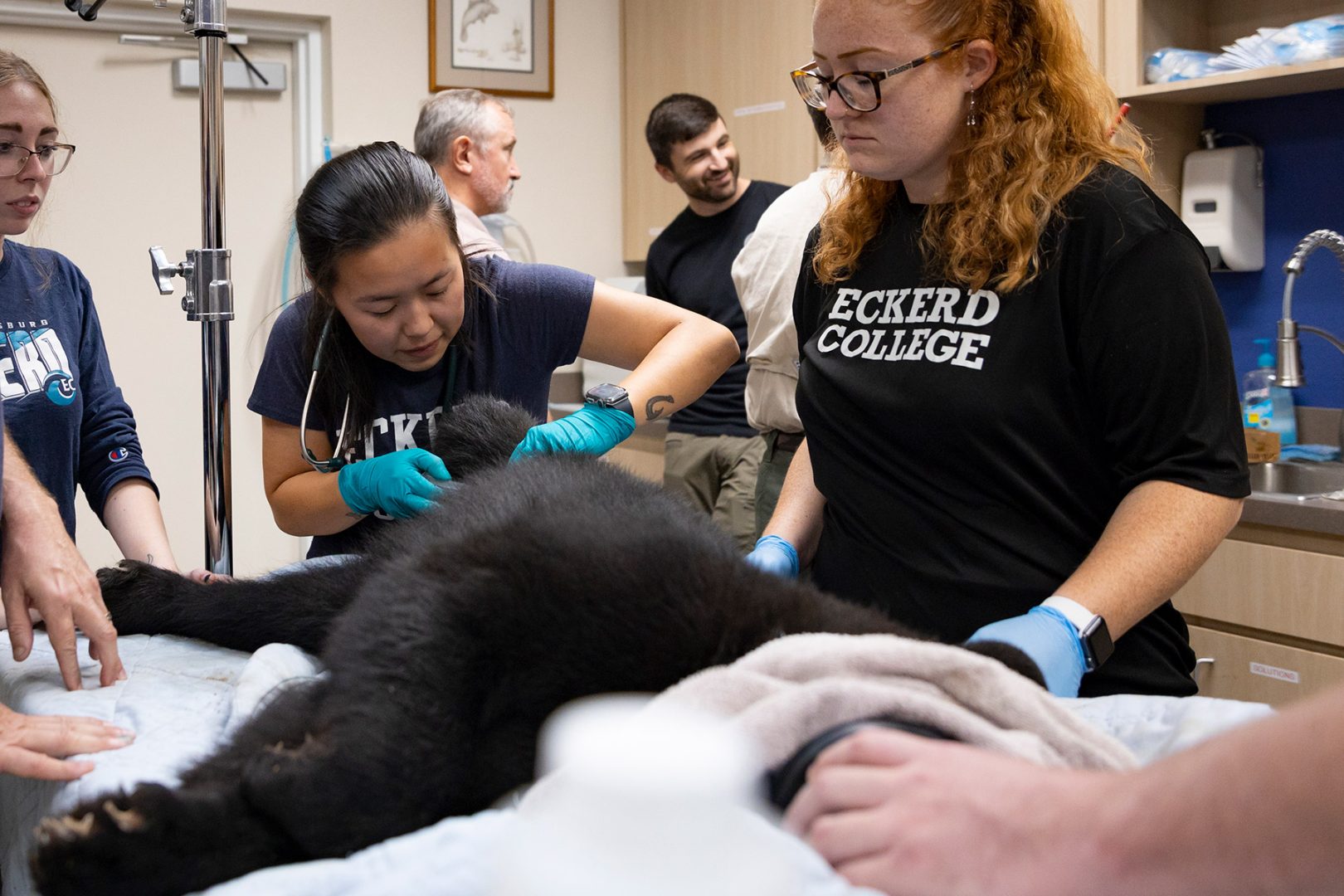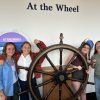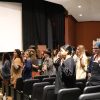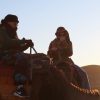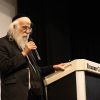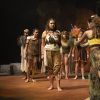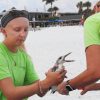In the middle of a room crowded with medical supplies, anesthesia tanks and about 30 people, two newly sedated 100-pound black bear cubs lie quietly on examination tables. Tubes and needles are being inserted, numbers and instructions are being called out, and the clock is ticking.
Two dozen students from Eckerd College as well as interns and staff from the Florida Department of Environmental Protection and the Florida Fish and Wildlife Conservation Commission have a little more than 30 minutes to tag, weigh, deworm, measure, tattoo, microchip, and get fur and blood samples from each of the 11 cubs before they start to revive. This is done in shifts—two bears at a time—while carefully monitoring the temperature, heart rate and respiration of each animal.
Working the room like a coach in the final moments of a championship game is Ray Ball, visiting assistant professor of biology and animal studies at Eckerd and a licensed veterinarian. Students from Ball’s Wildlife Rehabilitation class, a course in the animal studies major, made the 90-minute drive to Homosassa on Oct. 25 to watch, learn and lend a hand.
Ball notices Alex Church, a senior environmental studies student from San Anselmo, California, who is standing over a cub. She’s holding a pliers-like device that will tattoo numbers onto the lips of the bears to help identify them. “You gotta do it,” Ball says to Alex. “Don’t be shy.”
It happens once a year. Black bear cubs that have been orphaned or abandoned throughout Florida are brought to the 150-acre Ellie Schiller Homosassa Springs Wildlife State Park, about 85 miles north of St. Petersburg, in Citrus County. Ball has been a consulting veterinarian there for more than two decades. Before the bears can be released back into the wild—usually at a state park—they need health screenings and tags. The staff sets aside one day a year to do it.
“My core job is to make sure the cubs are okay during the process,” Ball says. “But for the students, it’s a chance for them to touch the bears, to examine the density of their fur, the pads on their feet … to make that connection with the animals you don’t usually get to do.”
A quick word about the Florida black bear. Adult males weigh about 300 pounds, females about half as much. They are reclusive, will eat just about anything, and there are an estimated 4,000 of them in the state. Mothers typically give birth to two cubs that will stay with her for more than a year. Black bears are not on the Endangered Species list, but Florida law makes it illegal to kill one without a permit.
In 2015, after bending to pressure from the Florida Legislature, the FWC authorized a bear hunt for the first time in more than 20 years. Nearly 3,800 permits were sold, more than the entire estimated population of bears at the time. After the two-day hunt was over, 304 bears were killed, mostly in the Panhandle and Ocala areas. The next year, after facing a storm of public protest, the FWC voted to postone bear hunting.
Being part of a team trying to protect black bears “was totally incredible and eye-opening to me,” says Lindsay Wiehl, a senior biology and animal studies student from Orange, Connecticut. “I’m a vet tech at the Animal Medical Hospital in St. Petersburg, and I see a lot of medical procedures on dogs and cats. But to be there with the bears was a once-in-a-lifetime experience.
“The size of their paws was shocking to me. And I would hold their mouths open and you could feel the power of their jaws,” she adds.
“Being able to touch them connected me with them in ways I wouldn’t have had a chance to otherwise. It’s really going to help guide me as far as my future in veterinary medicine.”
Priscilla Conrad, a senior animal studies and psychology student from Hopewell Junction, New York, was tasked with performing measurements, temperature checks and tattooing. “In the beginning it was a little overwhelming for me,” she says. “But I got over that because it was such a supportive environment. Just being able to touch the bear … that was the best part. And when I was doing the tattoos, I could look into their eyes. Just being that close to an animal you’d never normally see and connecting with them that way was the most humbling experience.”
To care for wild animals, including large ones, is something James Udowenko, a senior psychology and animal studies student from Norwood, Pennsylvania, wants to pursue as a career. Along with treating the bears, he and other students got some additional advice from Eckerd alumna Fairl Thomas ’21, an animal care specialist at the park who took part in the exams. “She’s someone we look up to,” James says. “We want to do what she’s doing.”





